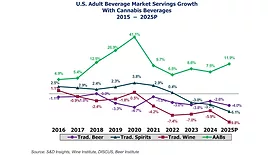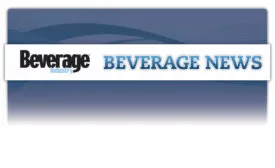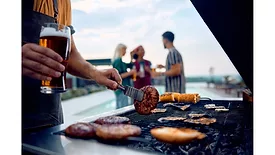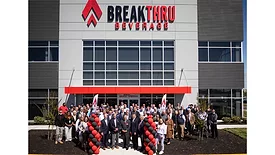Home » Keywords: » beer sales
Items Tagged with 'beer sales'
ARTICLES
Traditional beverage alcohol categories experience waves of success, decline
Read More
NACS Show breaks Chicago record
Beverage-makers debut new, upcoming releases for c-stores
November 14, 2025
The beverage alcohol shuffle
Companies looking to capitalize on adult alternative beverage trends
September 19, 2025
NielsenIQ report find total beverage alcohol sales -3% for 2025 first half
‘The Halftime Report’ examines 26 weeks ending July 5
July 16, 2025
2024 Wholesaler of the Year: Silver Eagle Distributors Houston
Community engagement, diverse portfolio keep beer distributor at forefront of market
November 7, 2024
As July 4 approaches, beer manufacturers prep for holiday sales
Predictive pricing offers brand owners insights into consumer spending habits
June 13, 2024
Between Drinks
Drizly releases drink trends to watch in 2024
Beer category expected to see resurgence
February 5, 2024
2023 Wholesaler of the Year: Breakthru Beverage Group
Consumer-centric approach supports wholesaler’s adaptability for today’s beverage market
September 8, 2023
Between Drinks
Alcohol brands acting more cautious with ad spends
Data shows tequila brand ad spends up the most in past year
May 17, 2023
Grubhub releases ‘2022 Delivered’ report
Ordering trends show beer tops alcohol orders for the year
December 14, 2022
Elevate your expertise in the beverage marketplace with unparalleled insights and connections.
Join thousands of beverage professionals today. Shouldn’t you know what they know?
JOIN NOW!Copyright ©2026. All Rights Reserved BNP Media.
Design, CMS, Hosting & Web Development :: ePublishing











